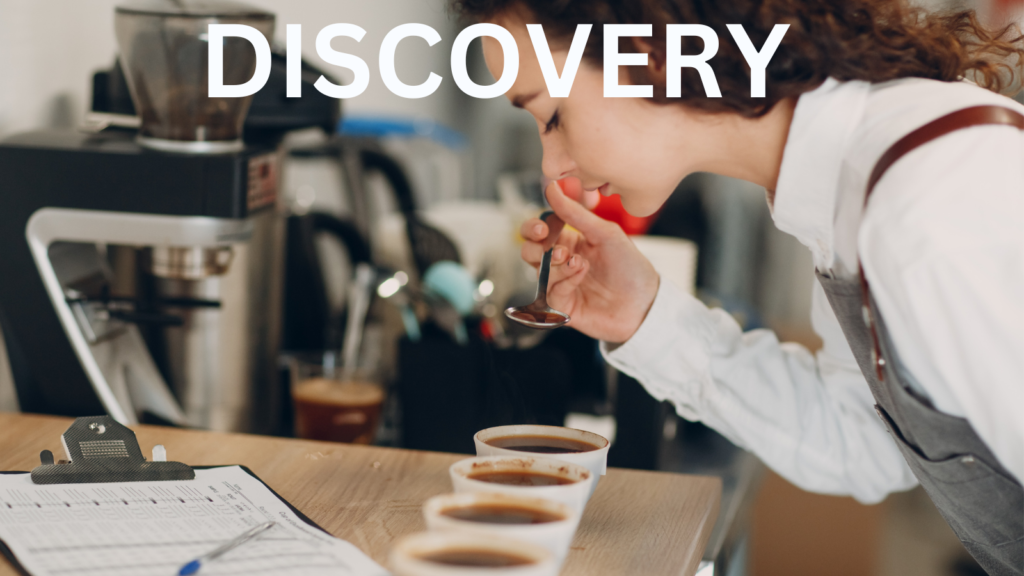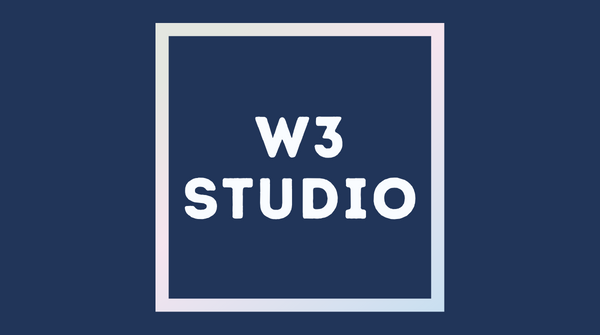
At this stage in your journey, you have decided to go forward with launching your new business and have completed the steps to get your startup ready to operate. You have done the prework to vet your business idea and are sure you have a viable market for your solution. Now it is time to do some serious customer discovery to refine your go-to-market strategy. Your potential customers will be the best people to help you understand if you’ve got a killer idea. We will walk through some important steps for this discovery process here.
The first step in this process is to identify a good-sized group of potential customers. If you are in a direct-to-consumer market, this probably means rounding up at least 100 possible consumers of your product or service. If you are focused on a B2B sector, then the test group can probably be in the 20-30 size range. It is probably best if these test customers are fairly homogenous and focused on your initial niche market. Later you can expand this to a broader group, but for now really lock in tightly on your target demo. It is OK if these are people you know well and are even friends or former colleagues, you are going to be asking them to do you a favor and talk a bunch.
Once you have this potential customer group identified you need to get with them and ask a ton of questions. This can be done in person, on a video call, or on the phone. Surveys are nice, but for this early customer discovery you need to do it live. You need to get way beyond general fact finding here. Find out what products or services your target customers are using today to address the problem your business is going to solve. Really dig into what they like and don’t like about those current solutions. You need to cover how well they solve the problem, how they feel about the cost, what level of brand loyalty they have to the existing providers, and what other providers they have tried in the past or considered using. Get as deep as possible and make sure you are really aware of all the issues in the current market before you move on.
Once you have the market fully mapped out, you next want to work with these potential customers to understand how they feel about your proposed solution. Tell them about your potential offering and ask them to help you poke holes in it. Figure out what they like and don’t like about your solution. I spoke in a prior post about the need to watch out for confirmation bias in this part of the process. You are going to be excited about your solution and the people you are surveying might be inclined to just agree with you and tell you that your idea is great. Work past that and find the weaknesses in your plan. It will save you a lot of headache and cost in the future. Get answers on product features, pricing, the sales pitch, and how people will find your offering. Cover as much ground as possible here to give you the information you need to refine your solution and increase the odds of success.
